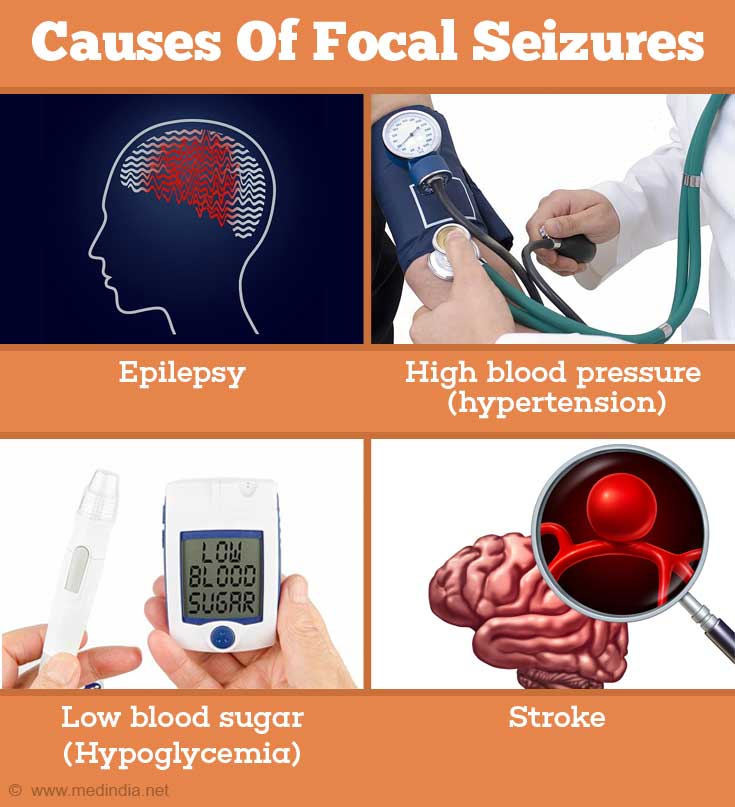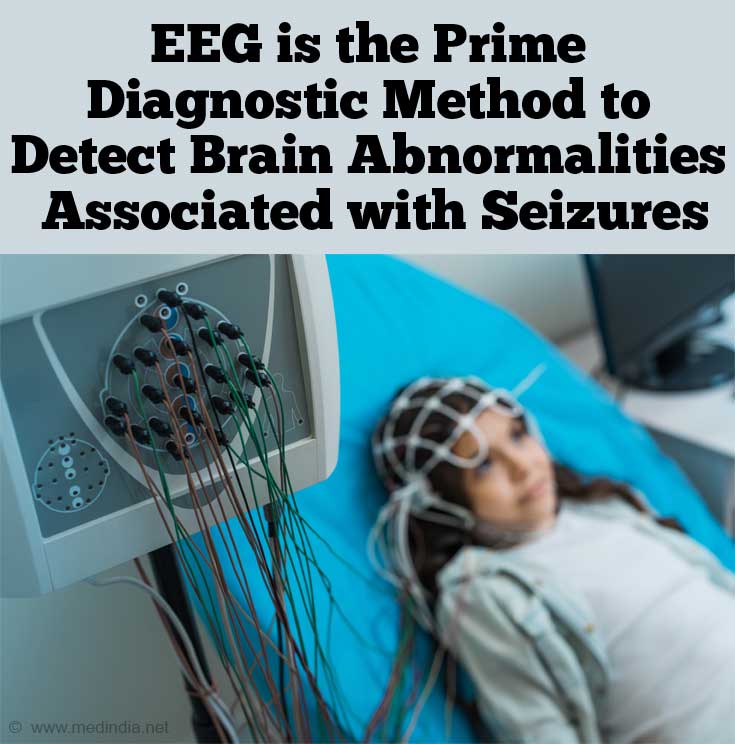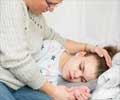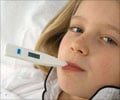- Focal Seizures - Epilepsy Action - (https://www.epilepsy.org.uk/info/seizures/focal-seizures)
- Partial (Focal) Seizure - Medline Plus, U.S. National Library of Medicine, National Institutes of Health, USA - (https://medlineplus.gov/ency/article/000697.htm)
- Focal Aware Seizures - Epilepsy Society - (https://www.epilepsysociety.org.uk/focal-aware-seizures#.Ww5ZpUiFPcd)
- Partial (Focal) Seizures - Johns Hopkins Medicine - (https://www.hopkinsmedicine.org/neurology_neurosurgery/centers_clinics/epilepsy/seizures/types/partial-focus-seizures.html)
- Focal Seizures with Retained Awareness - Epilepsy Ontario - (http://epilepsyontario.org/about-epilepsy/types-of-seizures/simple-partial-seizures/)
- Camfield P, Camfield C. Incidence, prevalence and aetiology of seizures and epilepsy in children. Epileptic Disord. 2015 Jun;17(2):117-23. DOI - (10.1684/epd.2015.0736. PMID: 25895502.)
- de Curtis M, Avoli M. Initiation, propagation, and termination of partial (focal) seizures. Cold Spring Harb Perspect Med. 2015 Jul 1; 5(7): a022368. DOI - (10.1101/cshperspect.a022368. PMID: 26134843.)
What is a Focal Seizure?
All seizures occur due to abnormal electrical activity in the brain. When the seizure originates at one side of the brain and remains confined within a limited area, it is termed as a focal seizure. It is also known as partial seizure or localized seizure. Different parts of the brain regulate different functions therefore, symptoms depend on which part of the brain is affected.
Alternatively, if the seizure spreads throughout the brain, it is called a generalized seizure. Focal seizures are very common in children of 1 years and above. The incidence of focal seizures also rises with old age (>65 years of age) where there is a preponderance of vascular diseases and increased risk of stroke or cerebrovascular accident (CVA).
Epidemiology of Focal Seizures
The incidence and prevalence of specific seizure types such as focal seizures is not well documented. However, it has been found in population-based studies that there is a slight, yet consistent, predominance of focal seizures compared to generalized seizures.
With reference to epilepsy, the incidence in children ranges between 41-187/100,000. The incidence is higher in under-developed countries, particularly in the rural areas. Moreover, the incidence is highest in the first year of life and then levels off to adult values by 10 years of age. In persons above 65 years with blood vessel disease in brain or tumors, partial seizures can occur.
What are the Types of Focal Seizures?
Focal seizures can be divided into the following two types:
- Focal Aware Seizure: This type of focal seizure does not affect awareness or memory. The patient remains fully aware of what’s happening around him/her during the seizure. This type of seizure was formerly known as simple partial seizure. This seizure can last from a few seconds to 2 minutes.
- Focal Impaired Awareness Seizure: In this type of focal seizure the patient is not aware of what is happening during the seizure. Moreover, there is impairment of memory of the events that occurred before, during, and after the seizure. It can also affect behavioral patterns. This type of focal seizure was formerly known as complex partial seizure. This seizure can last between 1-2 minutes.
What Causes Focal Seizures?
Seizures can be caused by many factors, some of which can be diagnosed, while others cannot. Those seizures that occur without any known cause are said to be idiopathic seizures. Some of the possible causes of focal seizures include the following:
- Epilepsy
- High blood pressure (Hypertension)
- Low blood sugar (Hypoglycemia)
- CNS infections
- Traumatic brain injury
- Stroke
- Congenital brain defects
- Drug/alcohol withdrawal symptom

What are the Symptoms & Signs of Focal Seizures?
The symptoms and signs of focal seizures depends on the area of the brain that is affected. These seizures can be broadly divided into motor (pertaining to movement) symptoms or non-motor symptoms (not pertaining to movement). Some of these symptoms include the following:
Motor Symptoms
- Rhythmic/irregular jerking of a part of the body
- Body part may become stiff or limp
- Turning of head and eyes to one side
- Lip smacking and repeated swallowing/chewing
Non-motor Symptoms
- Abnormal sensation – numbness or tingling sensation
- Feeling that a body part is missing or doesn’t belong to you
- Déjà vu – feeling that what is happening has happened before
- Jamais vu – feeling of experiencing a situation for the first time, despite rationally knowing that he/she has been in the situation before
- Hallucinations – seeing, hearing or smelling things that aren’t there
- Altered vision, taste, smell and hearing
- Difficulty processing language
- Nausea and vomiting
- Blackouts/fainting (Syncope)
- Feeling hot or cold
- Increased heart rate (Tachycardia)
- Mood changes – feelings of fear, anxiety, anger or pleasure
What are the Complications of Focal Seizures?
Focal seizures can exhibit several complications. These can range from confusion and disorientation to extreme weakness and exhaustion. The patients may feel an urge to sleep until full recovery occurs. The patients may not be able to move a body part, known as Todd’s paralysis, which can last for a few minutes up to 36 hours. The patients may also exhibit a phenomenon known as Jacksonian march, in which the seizure exhibits a tendency to shift from one place to another. The underlying reason is the shifting of the electrical activity of the focal seizure from one part of the motor cortex to another, which is reflected in the corresponding shifting of the movements in the body parts.
How do you Diagnose Focal Seizures?
Focal seizures are diagnosed based on a step-wise approach to pin-point the cause. The following diagnostic steps are involved:
- Medical History & Physical Exam: The neurologist will take a complete medical history of the patient followed by a thorough physical exam. He/she will thoroughly examine the patient for any physical manifestations of the disease as well as perform the standard clinical tests to assess the neurological status. A thorough medical history and physical exam can help to rule out any other possible causes for the symptoms.
- Electroencephalogram (EEG): An EEG is a technique in which leads are placed on the scalp and are connected to a monitor. These leads pick-up the electrical activity of the brain, which show the brain activity in the form of characteristic waves. These waves correspond to the state of the brain in real-time. These waves can be seen on the monitor. EEG is a mandatory investigation for most brain abnormalities and is particularly useful for detecting abnormal brain waves that are typically associated with seizures. The EEG typically indicates a localized discharge over the area of onset.

- Brain Imaging: Imaging techniques such as computed tomography (CT) scan and magnetic resonance imaging (MRI) can be judiciously used to detect any structural abnormalities in the brain that could be causing the seizures. Other advanced imaging techniques such as positron emission tomography (PET) and single photon emission computed tomography (SPECT) can also be considered.
- Blood Tests: Standard blood tests such as TC (total count), DC (differential count), ESR (erythrocyte sedimentation rate), hemoglobin, blood glucose, electrolyte panel, and toxicology screen can help to establish an underlying cause for the seizures. In particular, the blood profile can help to establish whether there is an infection.
- Spinal Tap: A spinal tap, also known as lumbar puncture, is a procedure in which a needle is inserted into the spinal column in the lower back (technically termed as the lumbar region) to take a sample of cerebrospinal fluid (CSF). Biochemical analysis of the CSF will reveal whether an infection is present in the brain.
How do you Treat Focal Seizures?
Focal seizures can be treated by the following approaches:
- Medications: Here, anti-seizure drugs are administered for alleviation of the symptoms. Some of these include acetazolamide, carbamazepine, eslicarbazepine, lamotrigine, diazepam, gabapentin, and clonazepam.

- Lifestyle Changes: Lifestyle changes may be recommended for both adults and children. These may include dietary changes (such as following a ketogenic diet high in fat and low in carbohydrates), avoiding alcohol, undue stress and leading an active lifestyle.
- Surgery: Surgical intervention is considered only as a last resort for treating very severe, intractable cases where medicines have failed.
How do you Prevent Focal Seizures?
Focal seizures are difficult to prevent. At the most, they can be controlled by various types of anti-seizure medications. If prescribed, there drugs should be taken at the correct time, regularly, and without missing a dose. Other approaches that can prevent the onset of these seizures include a healthy lifestyle – eating healthy and nutritious food, sleeping adequately, exercising regularly, and relieving stress by practicing meditation and relaxation techniques.









